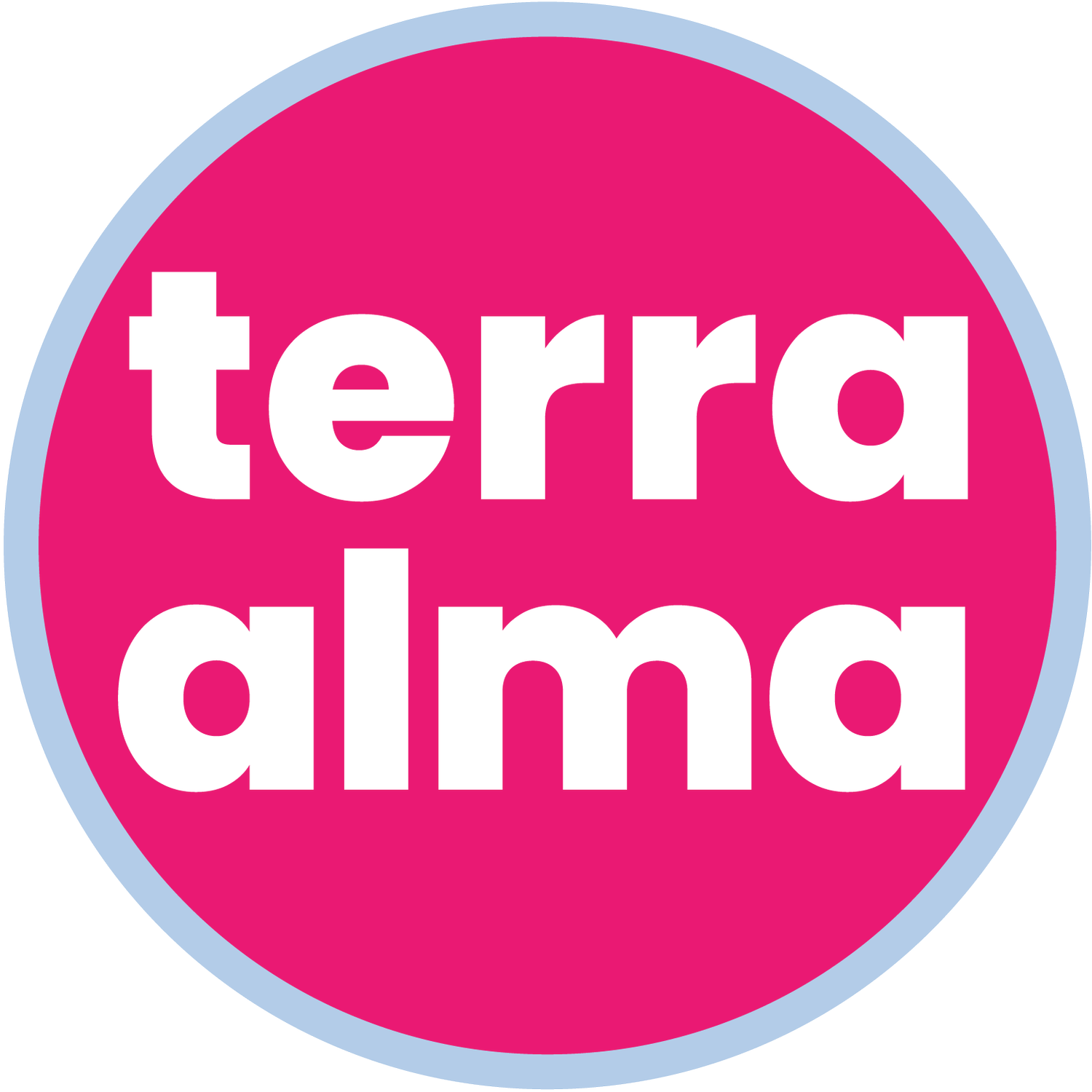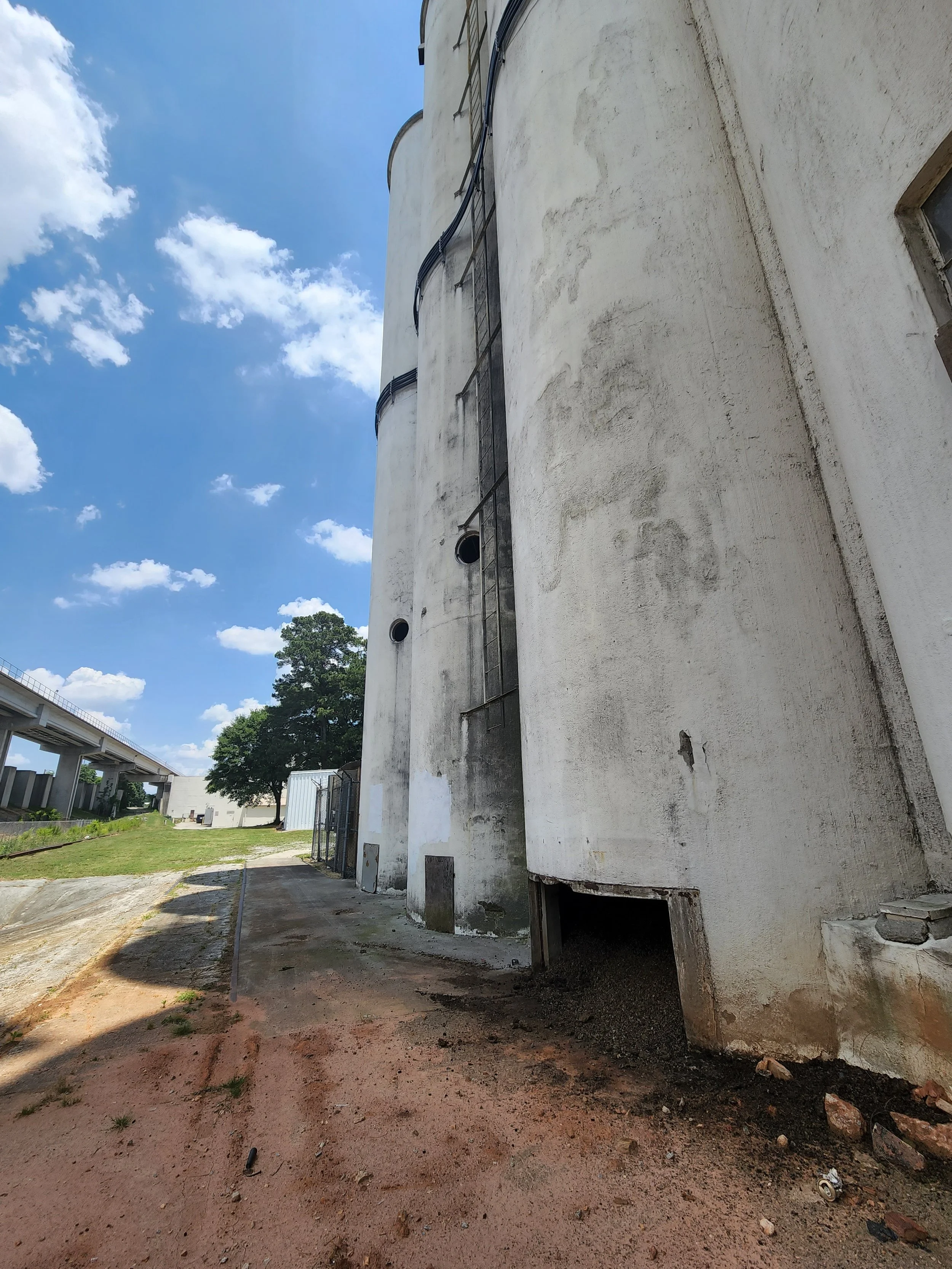The Resurgence of Train Towns
There is something magical about the sound of a train – the chug chug of the engine, the blast of the horn and clackety-clack it makes as it moves through town. People have long had an affinity for trains, and trains have served us well for transporting people and goods from place to place. Many small towns across America are on the map today because of the train depot where they originated.
As people move farther out from Atlanta's urban core, tertiary cities become more attractive as places to live, work and play. In many cases, housing affordability is the initial lure of smaller towns like downtown Kennesaw, Woodstock, Marietta, Cartersville, Chamblee, Duluth, Norcross and numerous others. But after a tour of the city, the quaint, historic downtown built around the train often causes people to fall in love with the town. People love the connection to the train. They love shopping locally and eating at locally owned restaurants that source local food.
Everything once centered on the allure of a train, its transportation, it’s ease of gliding through a town smoothly and its consistent schedule. Buildings popped up near train stations, and towns grew. As these railroad towns grew, they added general stores, a post office, hospital, bank, fire station, saloons or restaurants, hotels, museums, libraries, movie theaters and factories. Everything you'd need was right there near the train station. Now what's cool about these rail towns today is that all these old buildings are still there, and many are ripe for adaptive reuse. These towns are culturally viable, and people love being able to go downtown, walk to dinner, catch a show, and grab a drink.
The railroad served many factories during its time, but today often, these large buildings sit idle. Adaptive reuse projects are abundant in these towns. Ponce City Market is a shining example of the rebirth of one of these buildings -- a former Sears, Roebuck & Co. distribution and retail store transformed into residences, offices, restaurants, retail and entertainment. Atlantans can live, work and play in 2.1 million square feet of refurbished space adjacent to the Atlanta Beltline – a trail system born from the adaptive reuse abandoned railway.
Terra alma is involved in the adaptive reuse of The Silos in Chamblee. The former Manna Pro animal feed mill, the adaptive reuse of this project is in the planning stages. Slated to become a mixed-use project with a micro food hall, offices, entertainment space and a rooftop deck, terra alma is working to showcase the building's barrel ceilings, clear spans and high vaulted ceilings. Additionally, the rooftop deck will offer amazing 360-degree views of Atlanta with glimpses of the skyline and Stone Mountain. Partnering with Stein Investment Group, terra alma is working on curating the perfect collection of restaurants, retail and entertainment for the 54,000-square-foot space.



